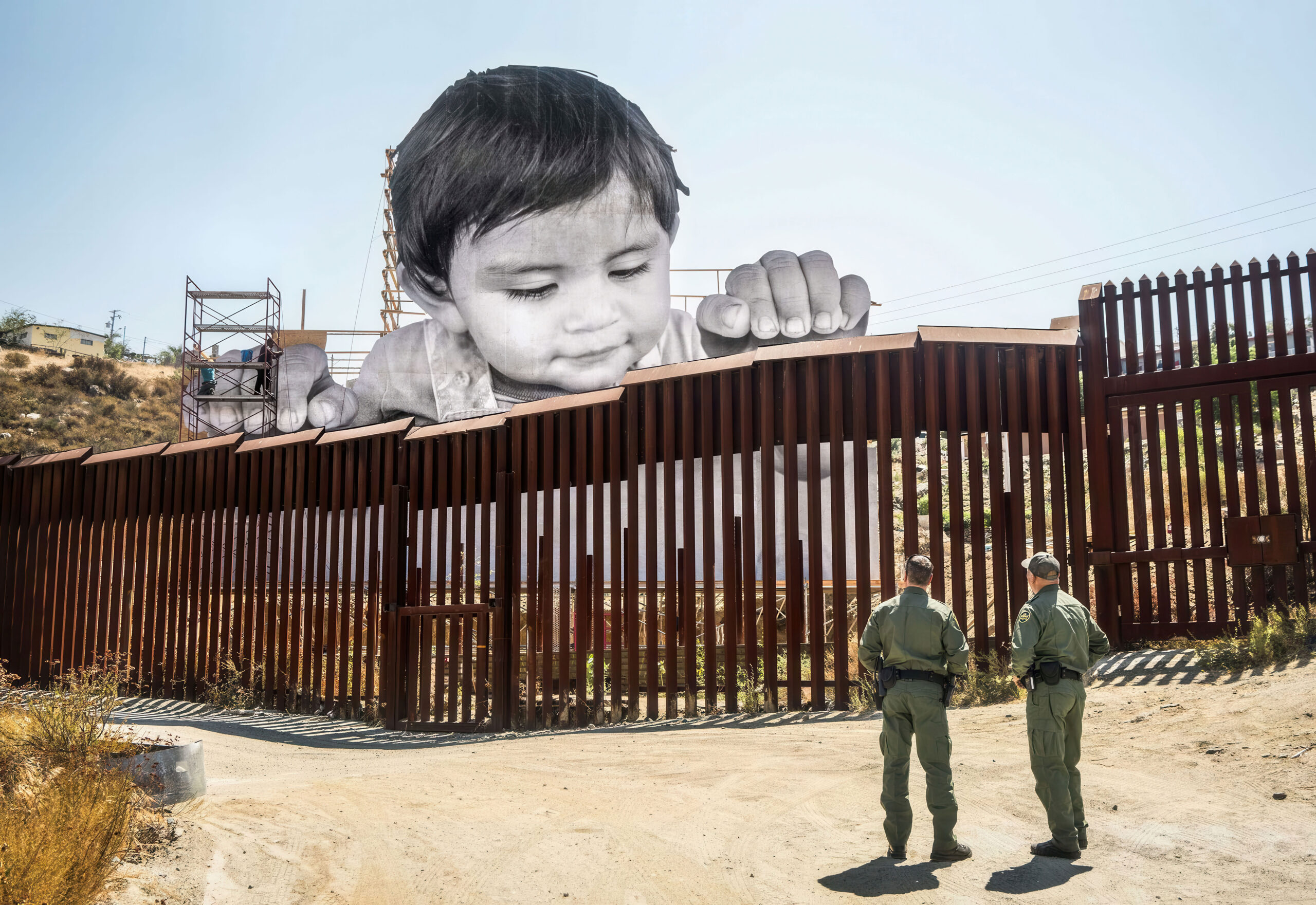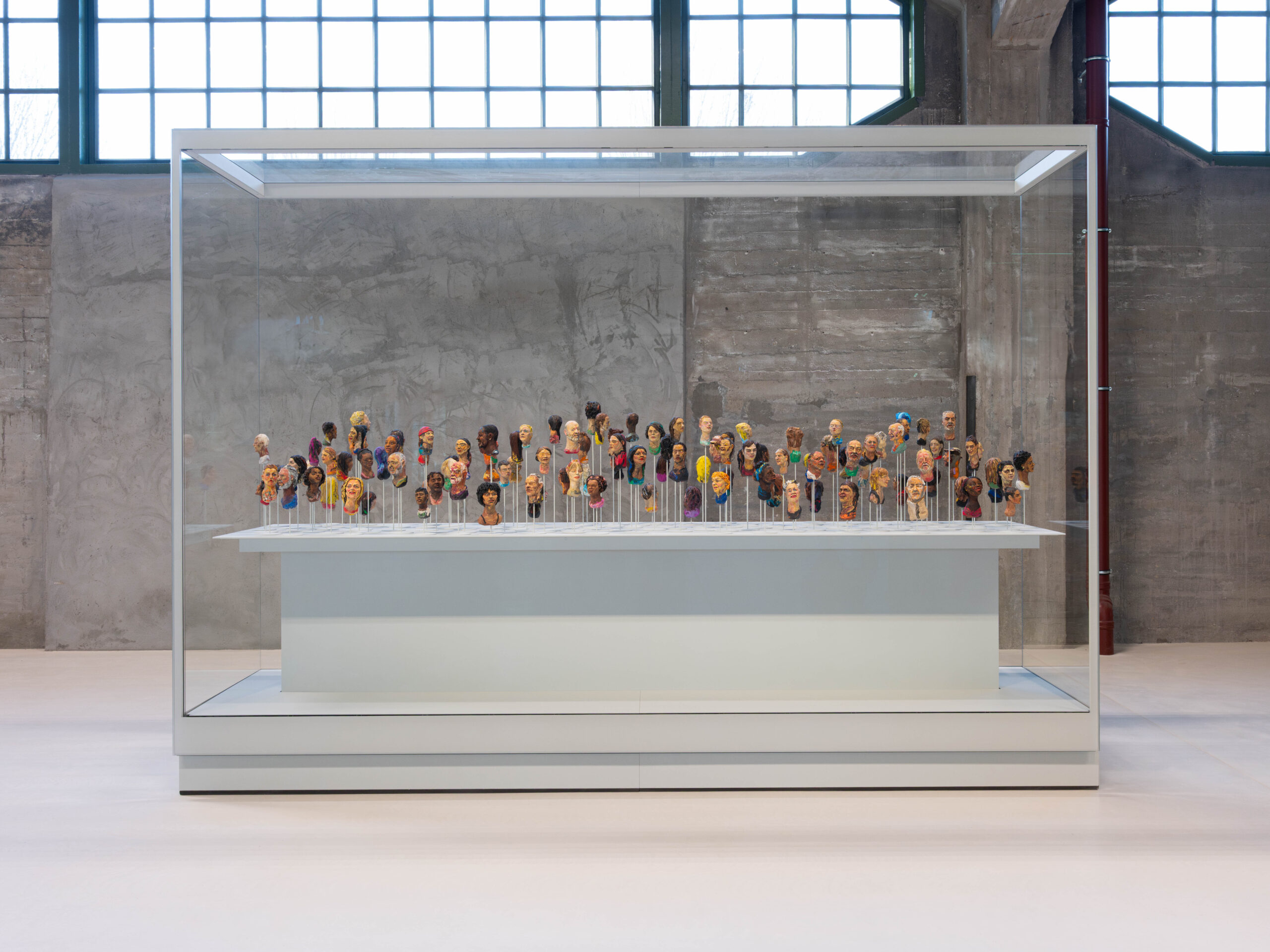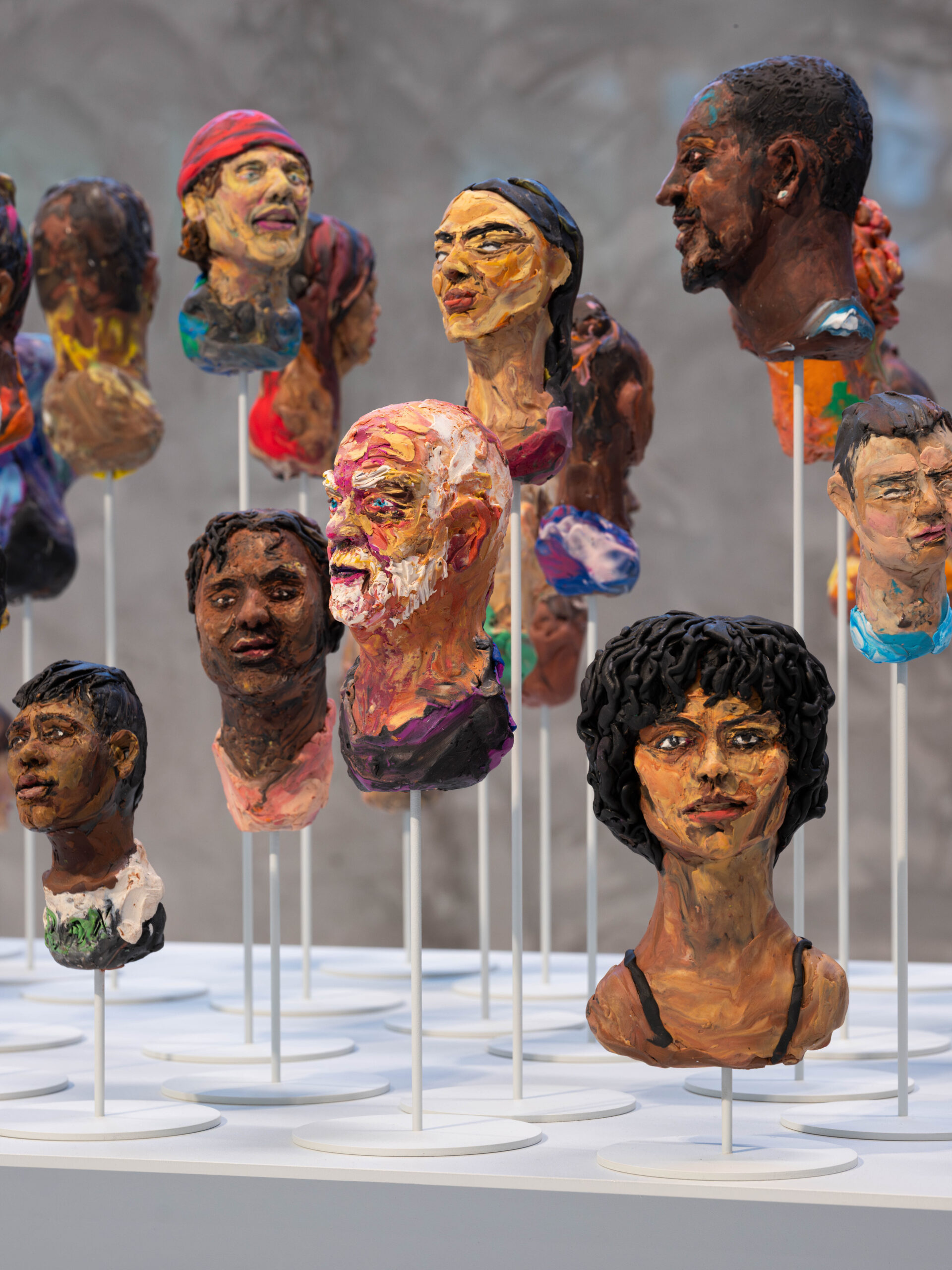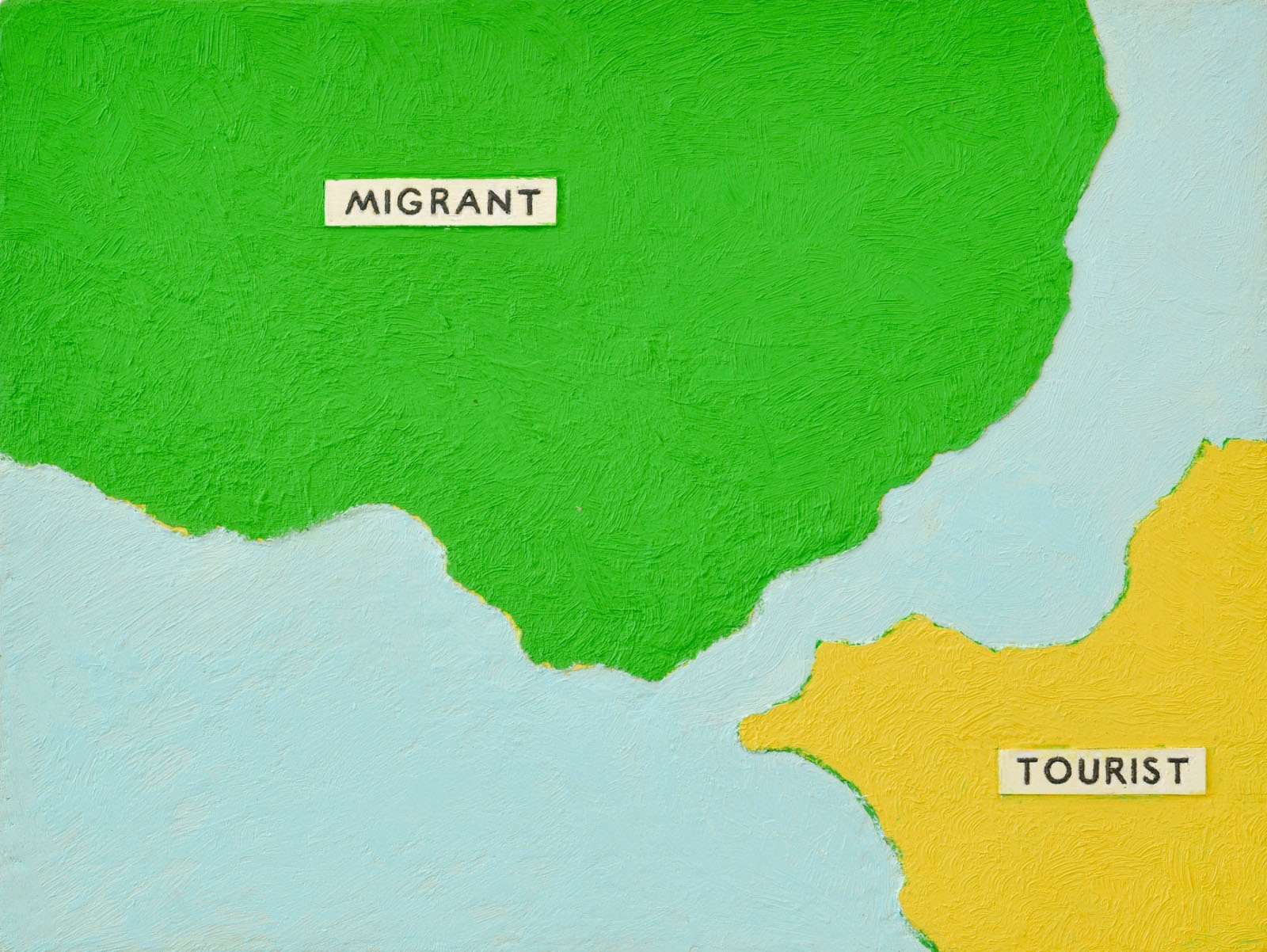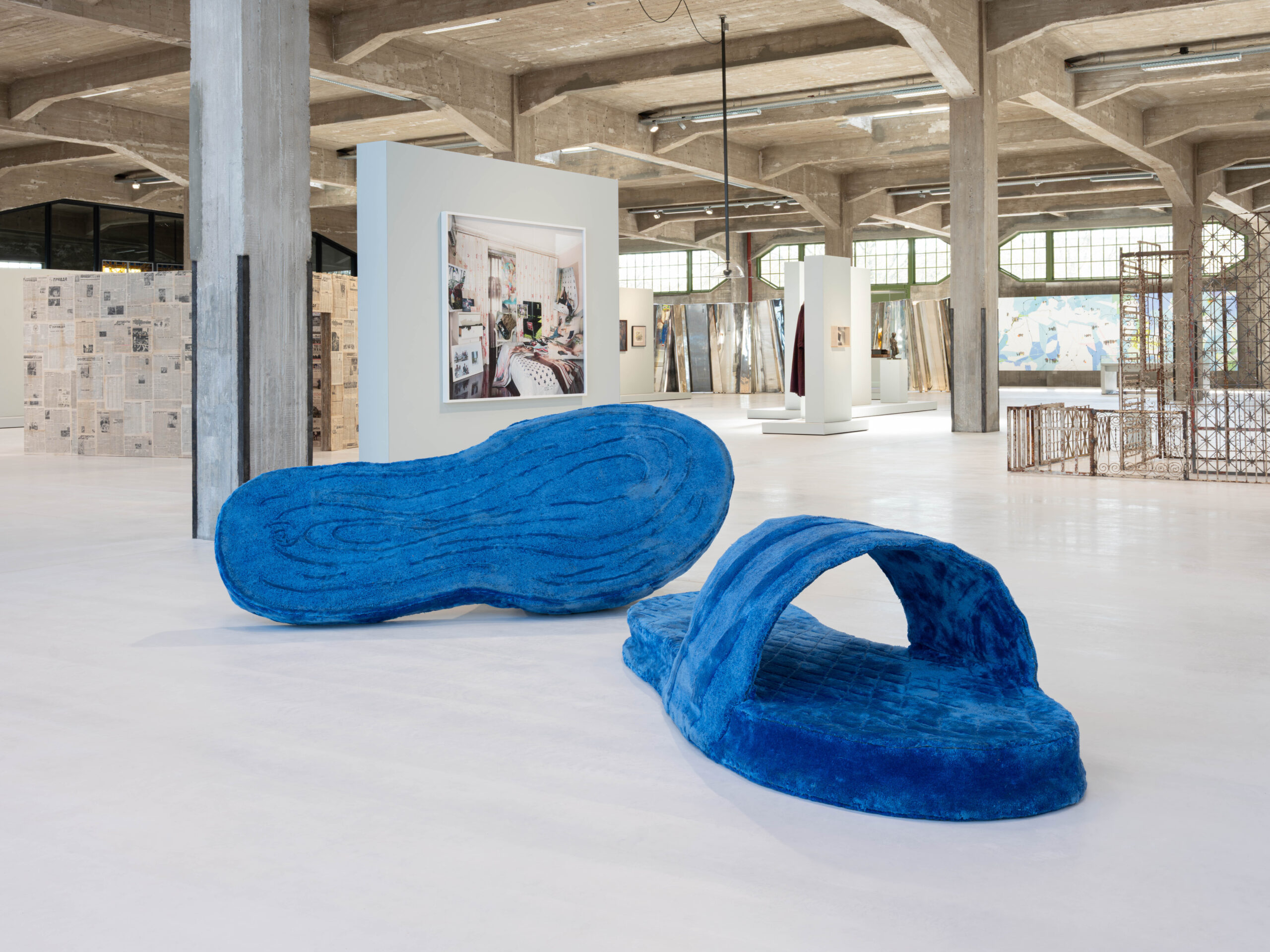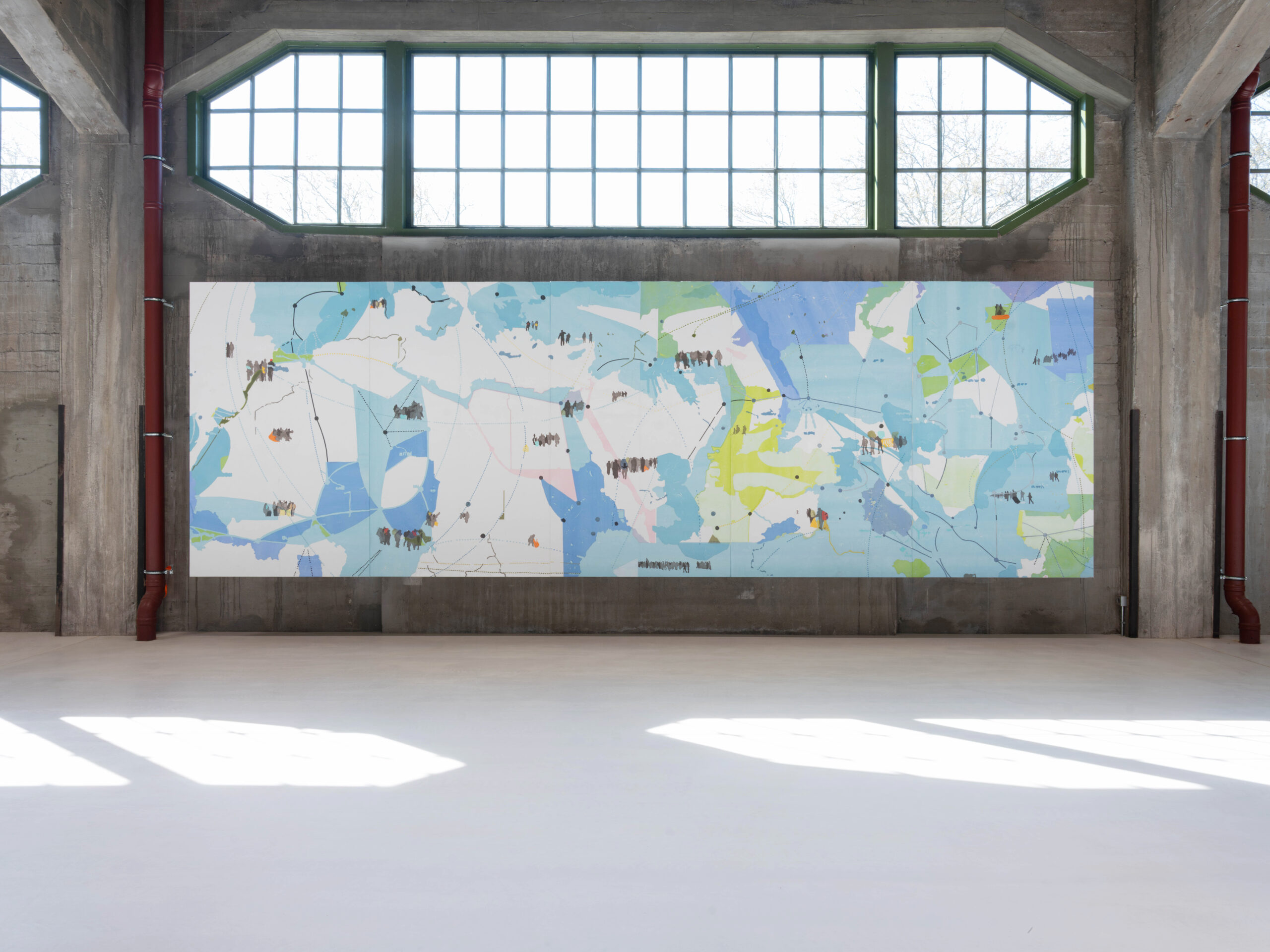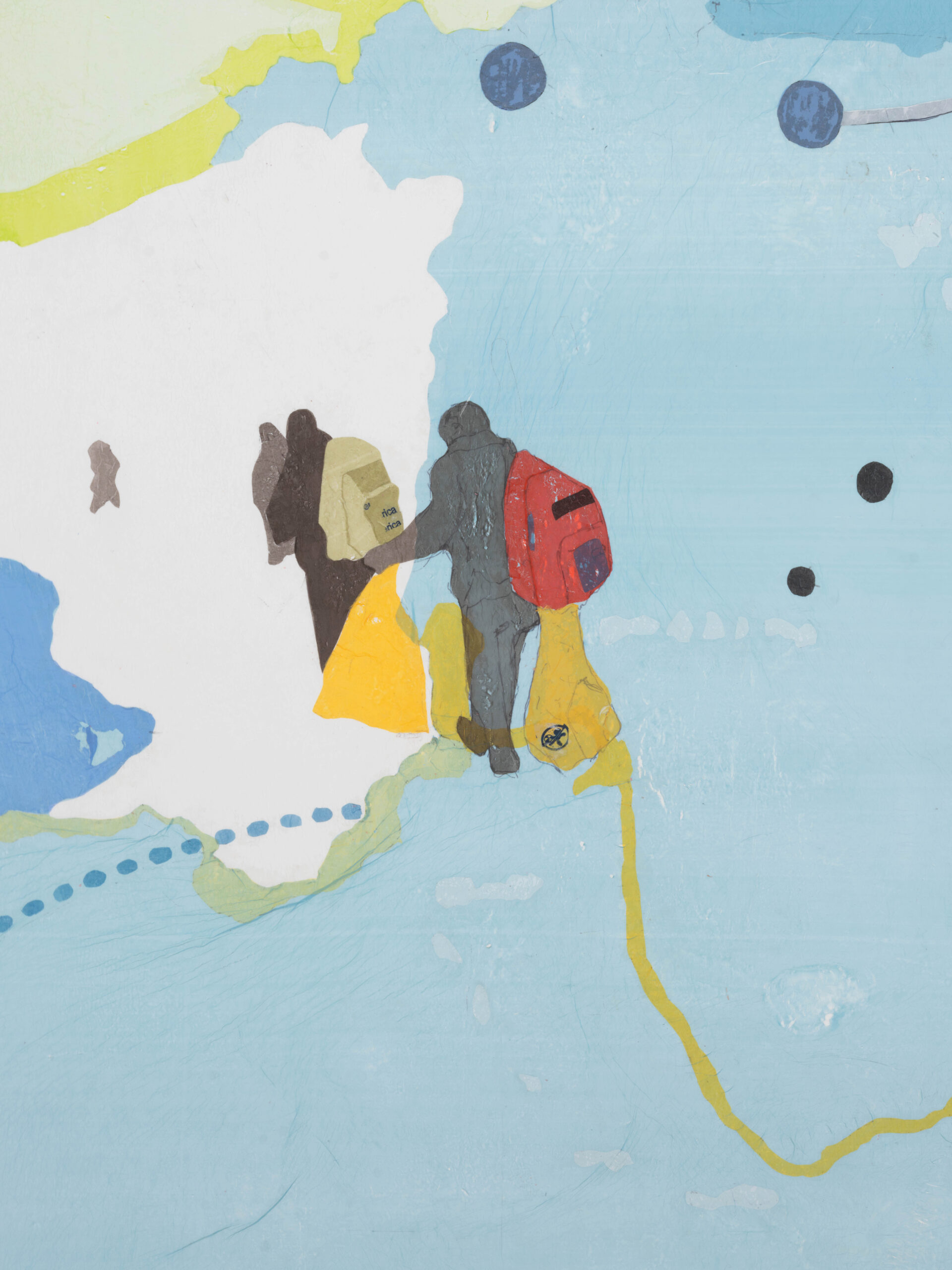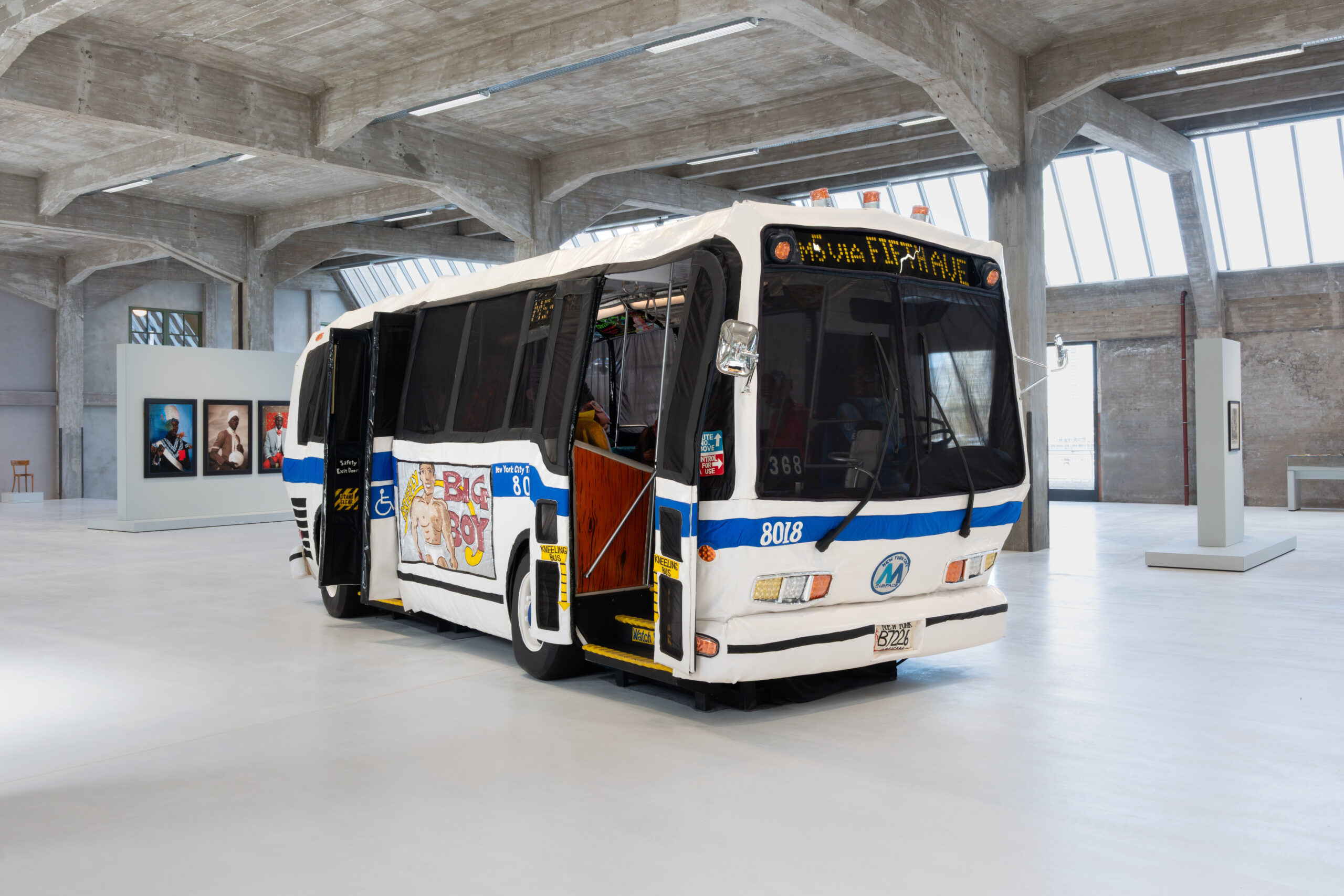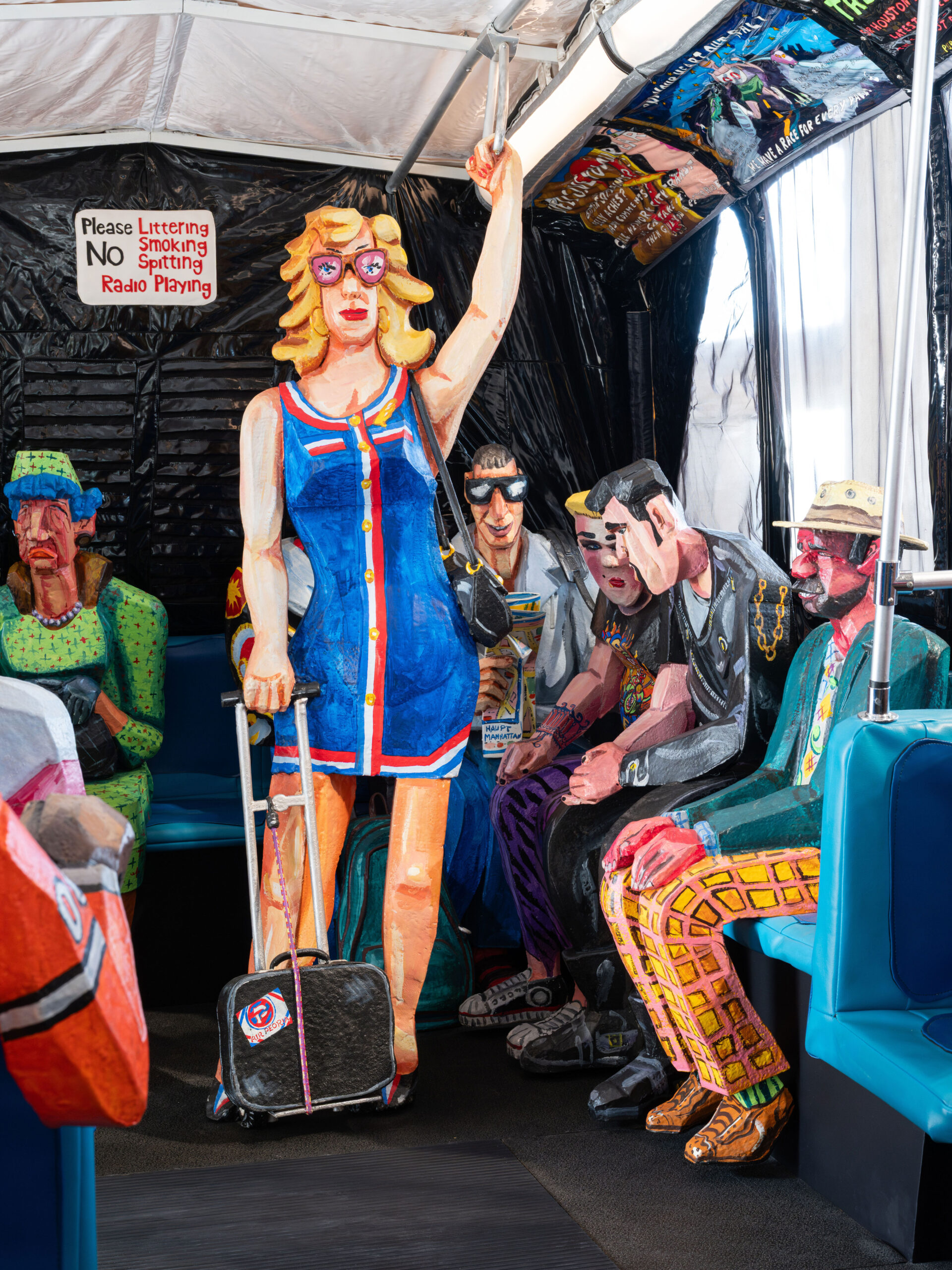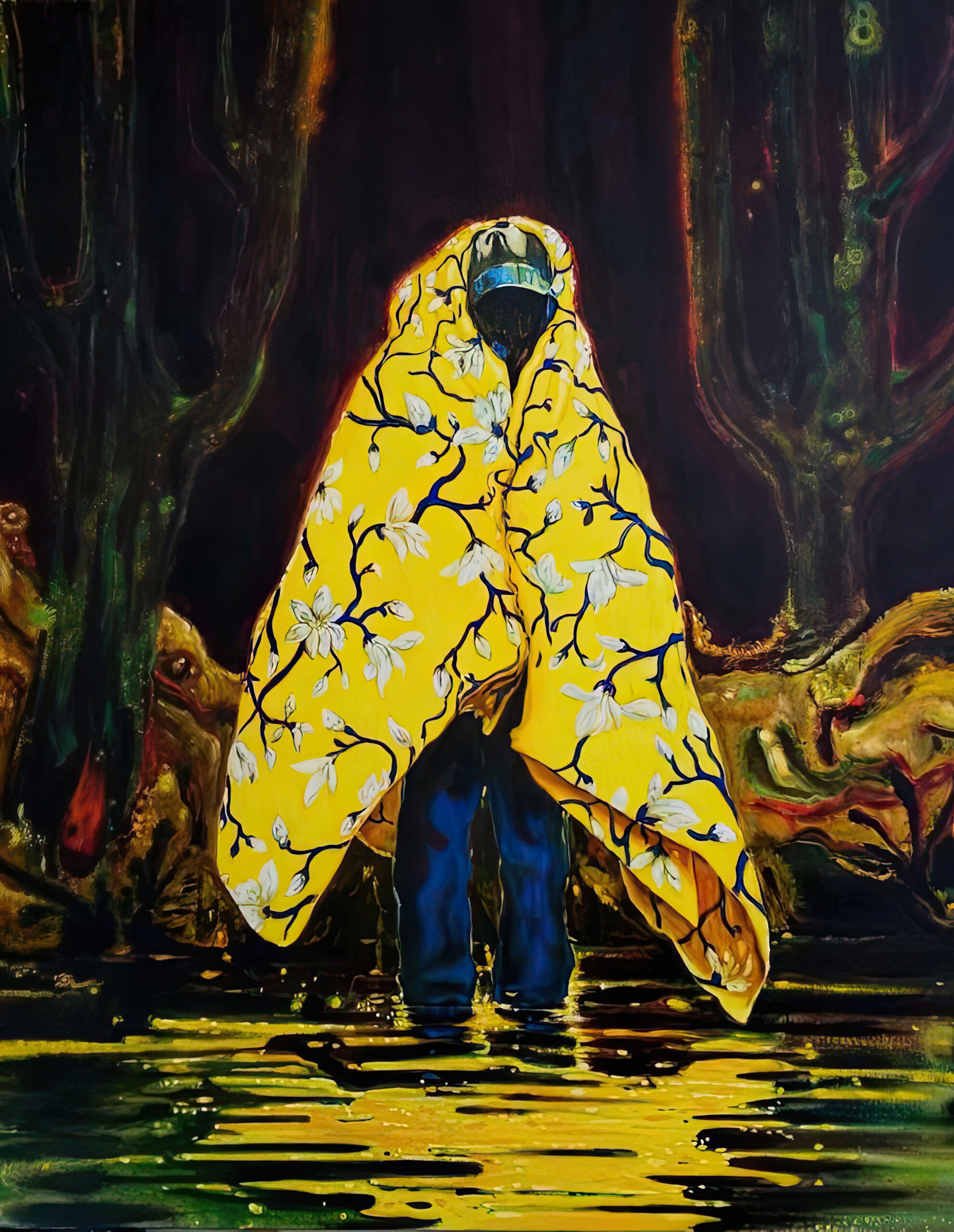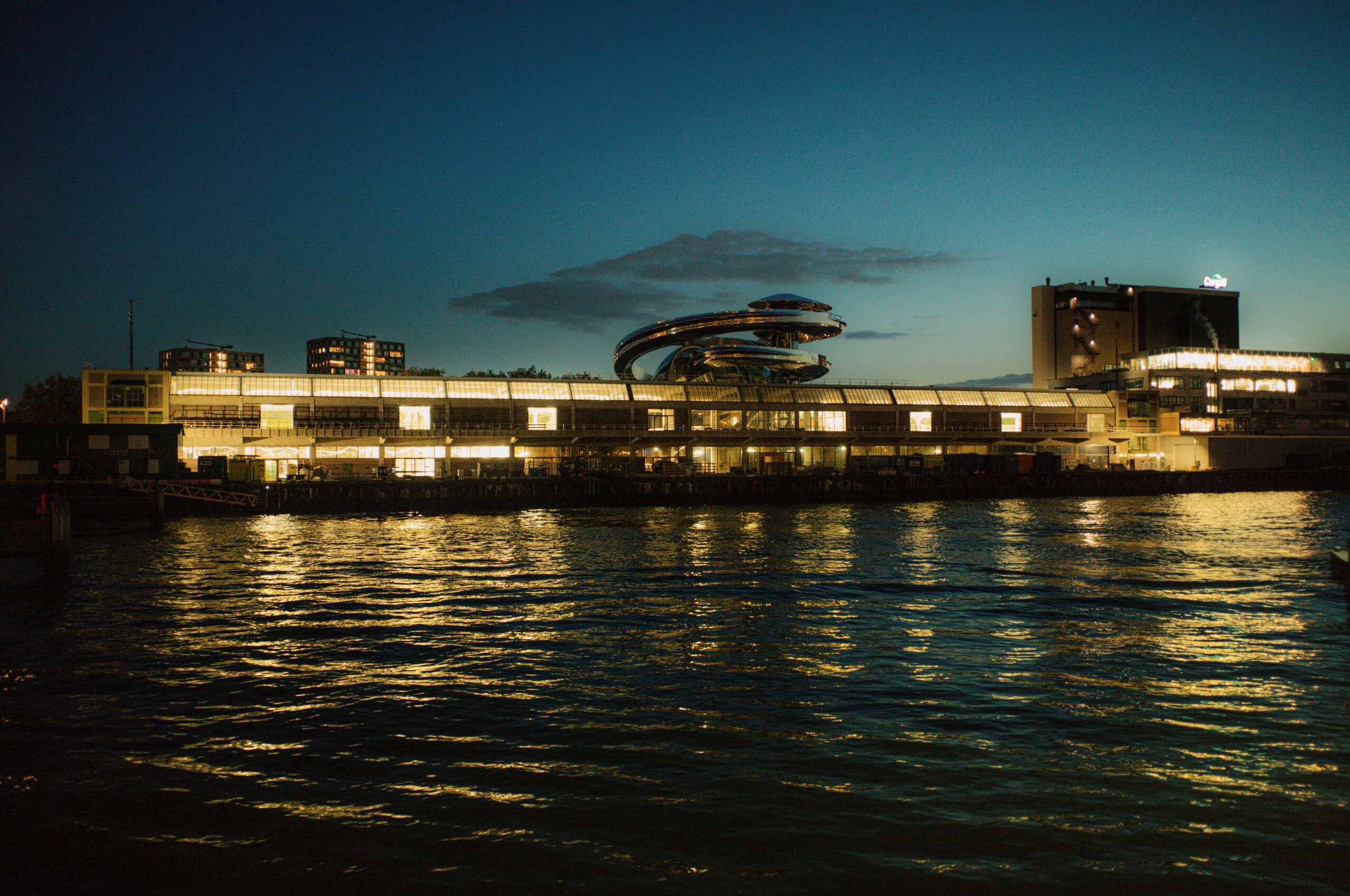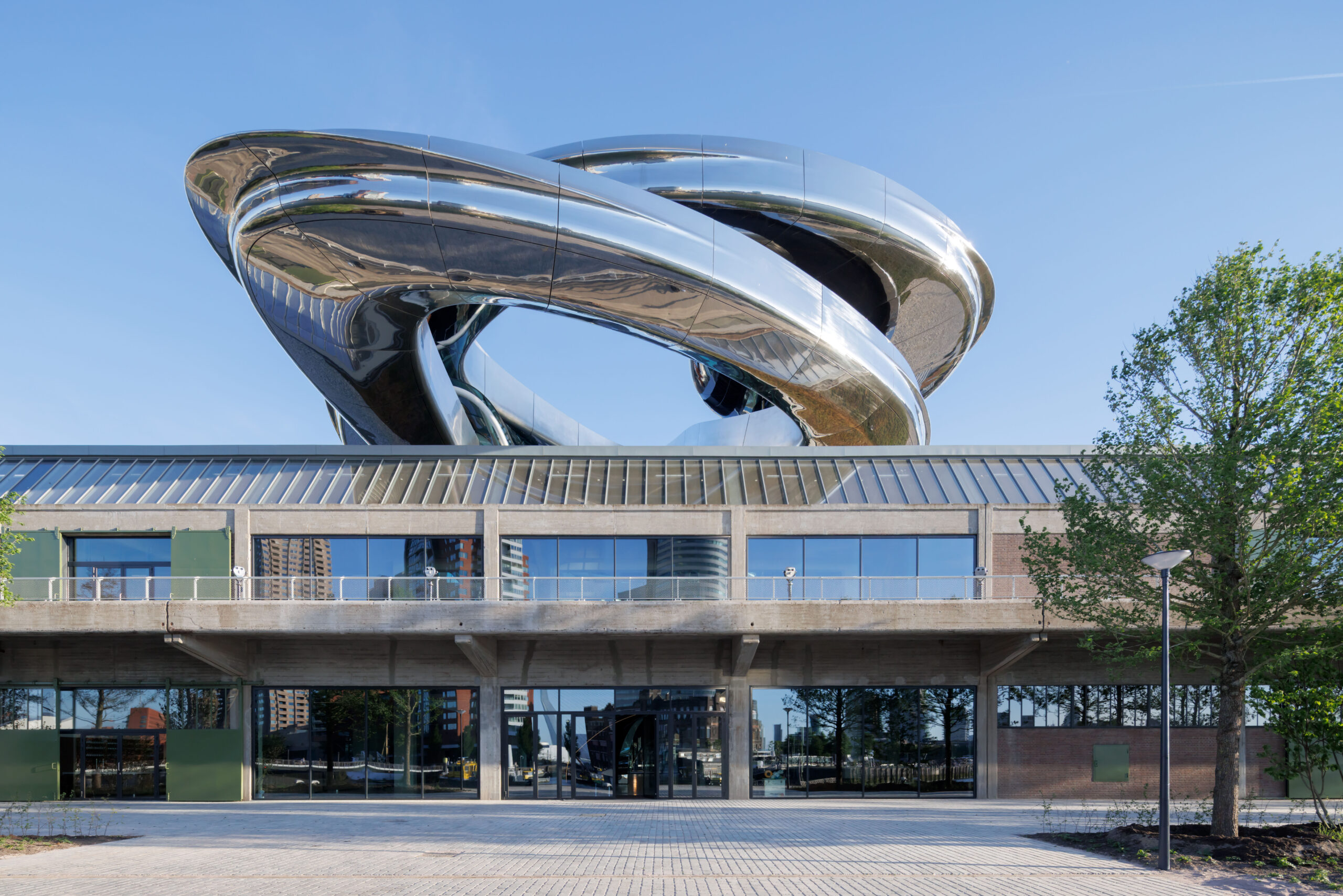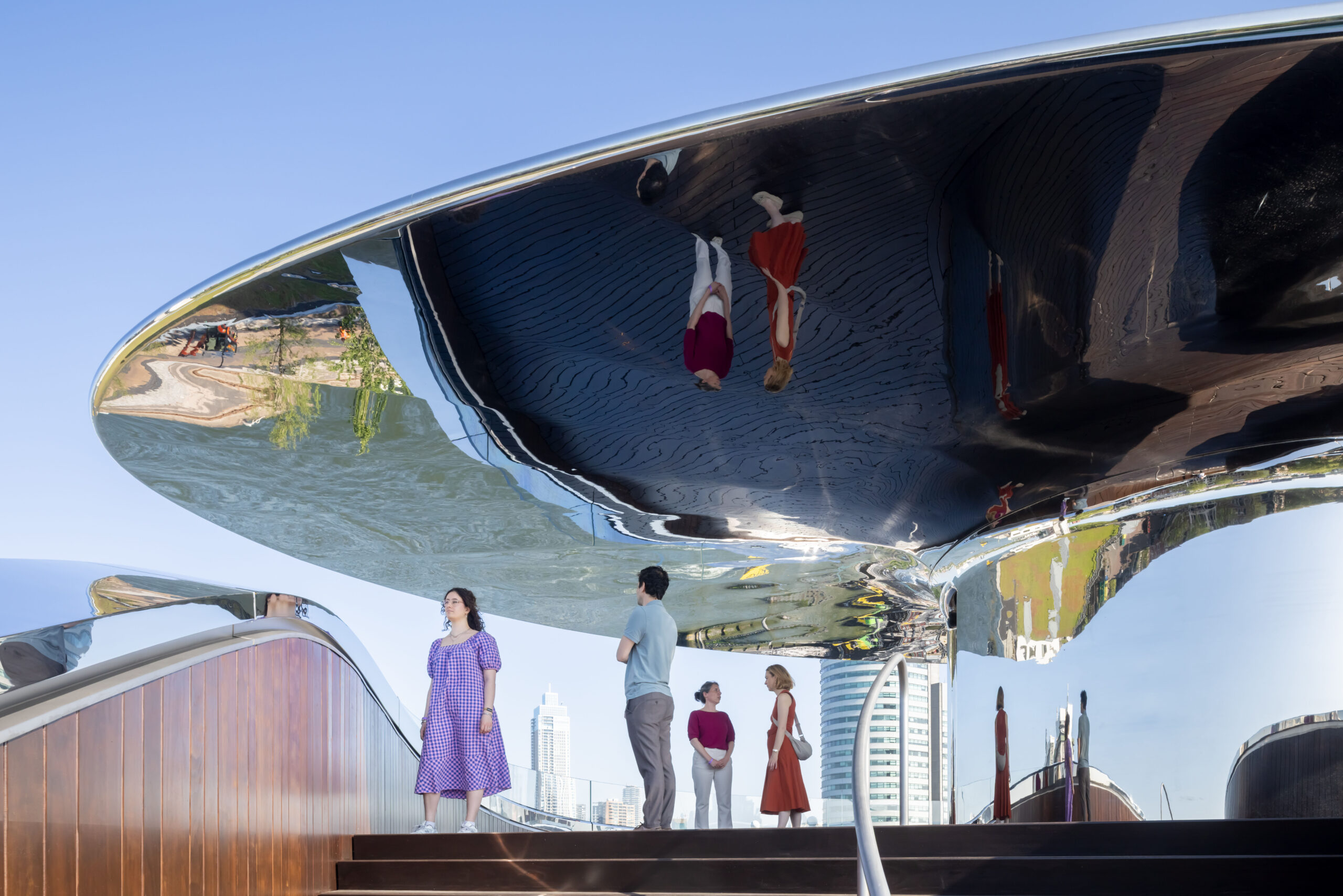All Directions is the inaugural exhibition at Fenix, the new art museum about migration opened at the docks of Rotterdam from where, between the 19th and 20th centuries, millions of migrants left to cross the Atlantic. But, in the words of the curator Hanneke Mantel, it is also “a journey into the heart of human experience, where the universal topic of migration is filtered through the eyes of art.” The exhibition – a joint, stratified work – brings together over 200 works and objects, both bought and on loan, building a story that crosses— physical, symbolic, emotional — borders and groups them into six fundamental themes: identity, home, roots, borders, departure, return. Hanneke Mantel tells us about it.
How did you define the curatorial concept of All Directions and what type of narration did you want to build around the topic of migration?
The exhibition has 200 works and objects from the museum collection, plus some others on loan. The collection was put together in the past five years and will continue to evolve. In the exhibition, the works are divided into six thematic groups, showing how migration is a universal and eternal phenomenon. We reflect on concepts such as identity, home and borders. The artists in the exhibition come from all over the world, including Francis Alÿs, Max Beckmann, Sophie Calle, Honoré Daumier, Jeremy Deller, Rineke Dijkstra, Omar Victor Diop, Shilpa Gupta, Alfredo Jaar, William Kentridge, Kimsooja, Laetitia Ky, Steve McQueen, Adrian Paci, Cornelia Parker, Gordon Parks, Grayson Perry, Ugo Rondinone, Yinka Shonibare, Alfred Stieglitz, Do Ho Suh, Bill Viola and Danh Vō.
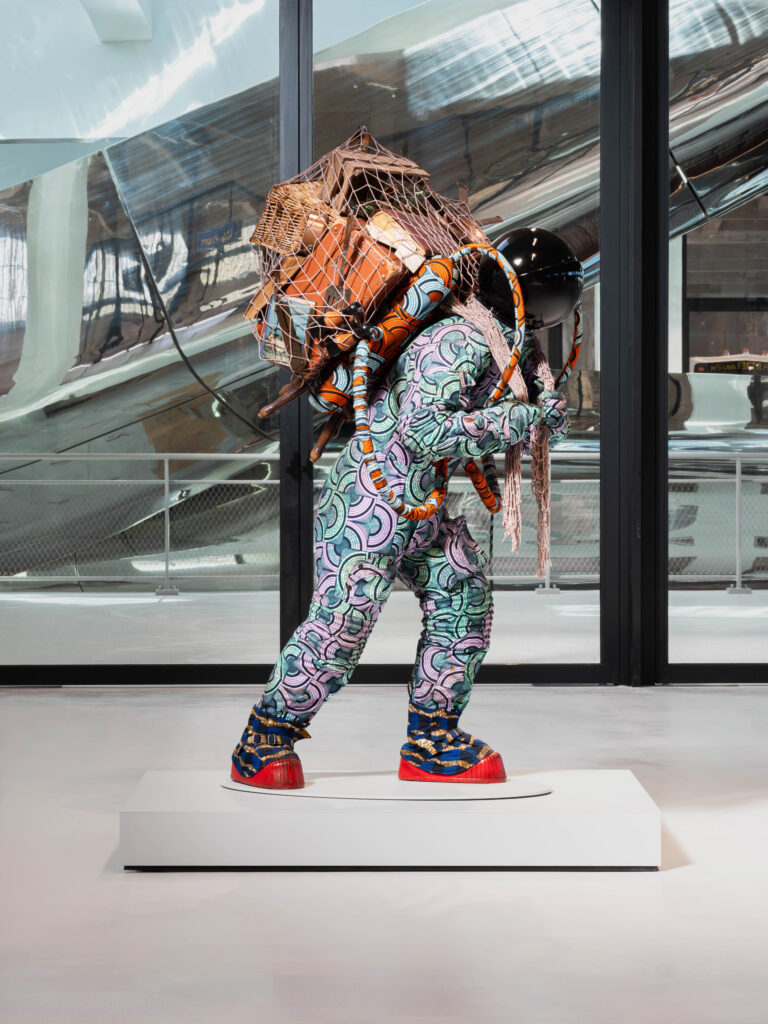
The exhibition brings together works of art, historical objects and personal histories. What guided your choices for such a diversified and stratified collection?
Fenix is not just a museum: it is a journey. A journey into the heart of human experience, in which the universal topic of migration is refracted through the lens of art. Just like the stories of migration, we also wanted the collection to be stratified. This is why it is presented alongside historical objects linked to migration, such as a UNHCR tent, a fragment of the Berlin Wall and a Nansen passport form 1923, issued to stateless people after the First World War.
Our site – a former historical warehouse refurbished by the firm MAD Architects, which overlooks the port of Rotterdam – strengthens this profoundly human journey. Millions of migrants set sail from these docks, and as many again arrived, helping to make Rotterdam the dynamic multicultural city it is today. We also invited people with ties to the city to lend personal objects telling of their own story of migration, their own cultural roots or the journey they made to reach the Netherlands. The historical objects were curated by Rutger Doop and Abdelkader Benali, the personal ones by the curator Selinay Sucu.
Many works investigate identity, borders, movements and belonging. What recurrent emotions or questions emerged through these works?
Every artist tells their own story, and every story is unique. Over one hundred artists from all over the world show what it means to say farewell, escape, seek happiness or return home. For example, in The Boat (2017), Abdalla Al Omari overturns the dynamics of power, portraying world leaders as people escaping in a boat, revealing the shared humanity that lies behind the migratory crisis. Or in Bottari Truck – Migrateurs (2007) Kimsooja fills a truck with traditional Korean packaging cloths, turning them into a poetic symbol of movement and displacement.
In the video Centro di Permanenza Temporanea (2007), Adrian Paci shows people blocked on airplane steps: a powerful metaphor of being “permanently temporary”. And in Refugee Astronaut IX (2024), Yinka Shonibare imagines an astronaut, wrapped in African fabrics, forced to escape to other planets because of the climate crisis.

Is there one particular work that you think represents the concept of “border crossing”?
In Untitled (Gate) (2019), Shilpa Gupta uses a tilting gate to question the illusion of safe borders. The visitors find themselves before a mechanical residential gate with huge spikes and a protruding metal structure. Every 30 minutes, the gate bangs noisily against the gallery wall, causing it to crack and break. The work shows what a border means to those who are excluded: a cruel blow. But it also shows how, sooner or later, every wall will collapse.
Some artists created works especially for the exhibition. How do these new works contribute to the overall dialogue?
We were very pleased to be able to commission new works. The artists involved represented their vision of migration, from local to universal, with different media: painting, sculpture, photography, soundscapes.
To name but a few: in Exactitudes (2010-2024), Versluis and Uyttenbroek catalogue the migrant communities of Rotterdam, revealing common identities and differences. Raquel van Haver stratified stories to pay homage to the Cape Verdean community in Rotterdam in Luz Brilhante e Cintilante (2023-2025), accompanied by a soundscape by Ivan Barbosa. In Hands (2021-2023) Beya Gille Gacha uses sculptures of hands covered in beads to show how gestures can bridge cultural and linguistic gaps.
The personal objects donated by the people of Rotterdam play a key role in the exhibition. How did this collective participation influence the narration?
Personal objects dialogue with the art collection, showing how migration is widespread and universal. For example, alongside the work The Bus by Red Grooms – a soft, life-sized sculpture representing a bus in New York – is a hand-written sheet dated 1977. This sheet, loaned by Frank Kanhai (Suriname, 1963), is a message written for the driver of a bus in the small municipality of Drachten, in the Netherlands, in which the author asks to help his aunt, who didn’t speak Dutch, to get to Rotterdam to buy Surinamese produce. After the independence of Suriname in 1975, Frank moved to the Netherlands with his mother and brother. They were assigned a house in Drachten, and his aunt came to live with them. He wrote the message to help her.
Personal stories are an integral part of Fenix, not only in All Directions but throughout the museum. Like The Suitcase Labyrinth, an installation of 2,000 suitcases donated by people from all over the world, each with their own story. Or the photographic exhibition The Family of Migrants, with almost 200 pictures by 136 photographers from 55 countries, exploring topics such as family, love, travel and separation.
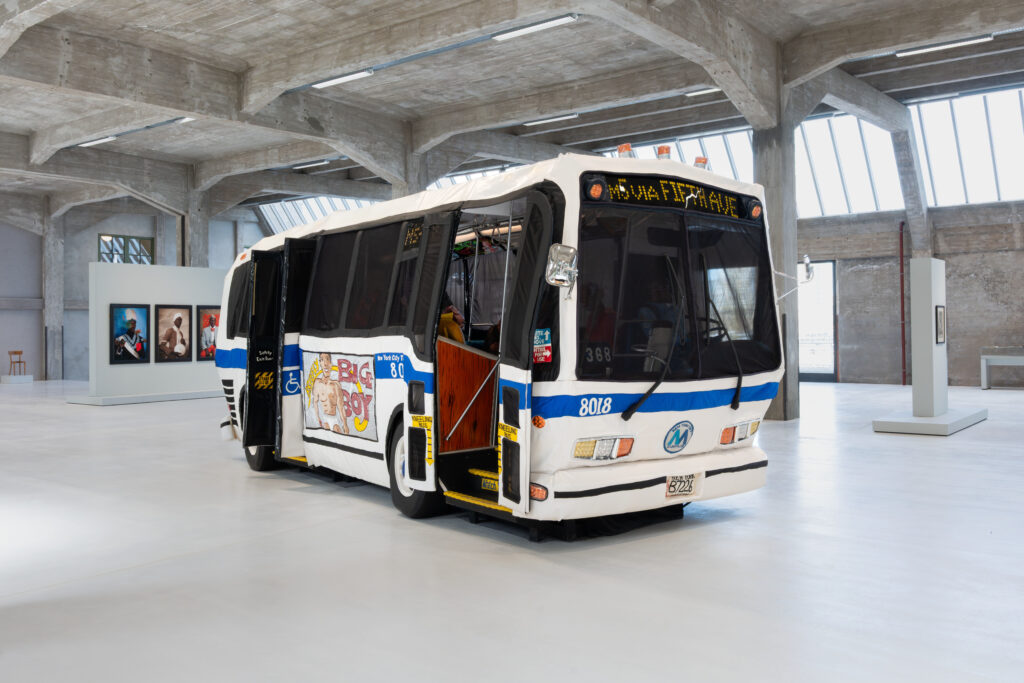
Fenix is housed in a former port warehouse from where millions of migrants left. How does the place affect the experience of the exhibition?
In the 19th century, the port of Rotterdam expanded rapidly, responding to the new needs of trade and industry: larger ships, mechanical cranes, steel bridges. The Katendrecht district became a nerve centre of international seafaring traffic and home to migrant communities. Here the first Chinatown in continental Europe was established; Cape Verdean sailors and Surinamese jazz musicians settled here. Over two centuries, over three million people set sail for other parts of the world from these docks. The warehouse that is home to Fenix today lies exactly in the heart of this history.
It is an honour to tell these stories of local, national and international migration in the very place in which many of them began. We wanted to evoke this sense of place also in the exhibition: leaving the concrete walls of the warehouse on view, opening windows on the city and the River Maas, and with the Tornado, the double-helix staircase reaching a panoramic platform with a view over Rotterdam.
The title All Directions suggests openings and movement. What type of journey was this project for you?
It was the confirmation that migration is universal and regards people. We at Fenix do not aim to offer definitive answers, but rather leave room for questions. The artists represented ask questions. And we want visitors to leave with their own thoughts, emotions and viewpoints. Not an answer set in stone but a different, personal viewpoint.
